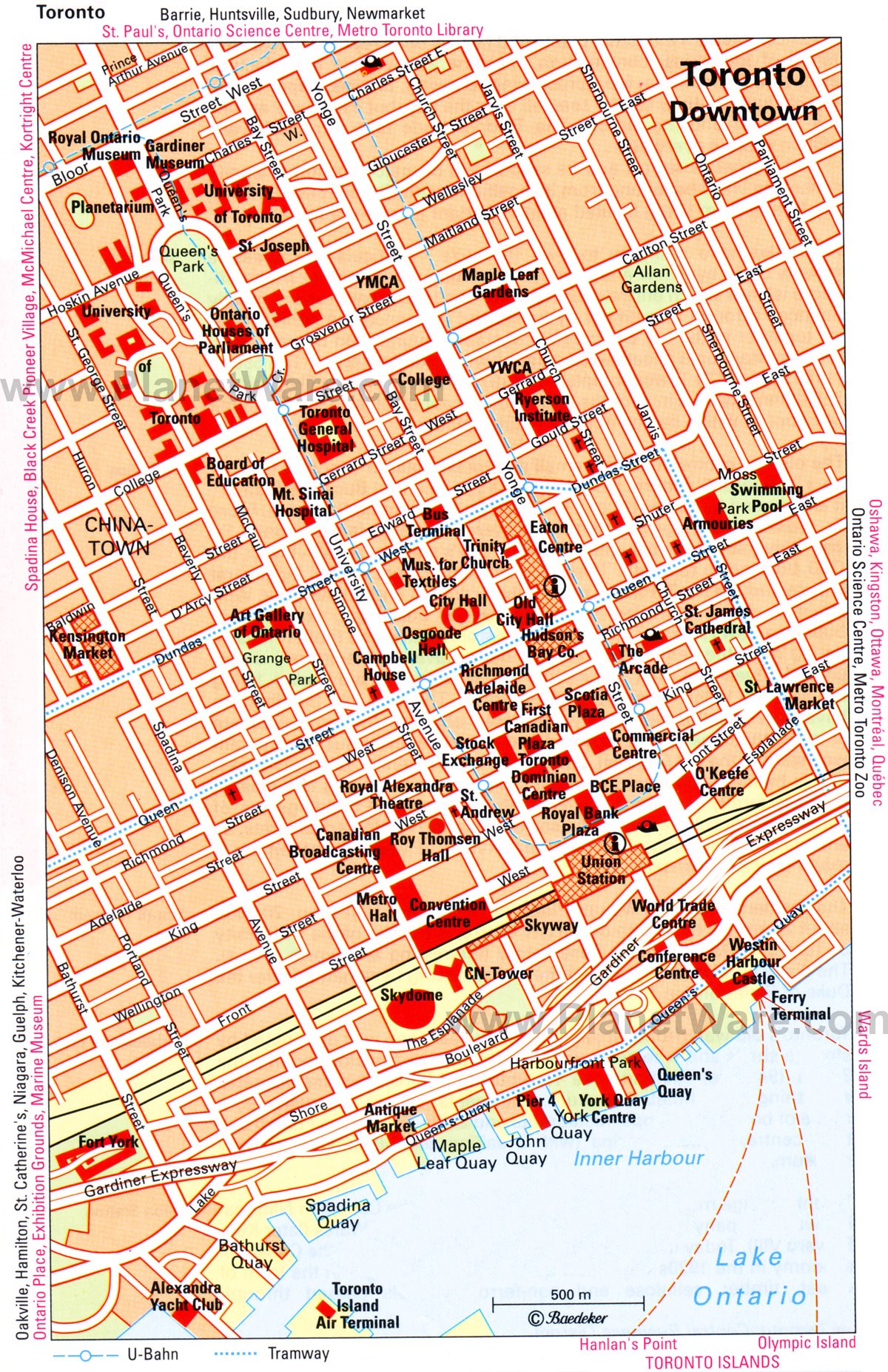-www.toronto.ca
-www.toronto.com
-http://en.wikipedia.org/wiki/Saint_Lawrence_Lowlands
-htp://en.wikipedia.org/wiki/Toronto
-http://canadianbiodiversity.mcgill.ca/english/ecozones/mixedwoodplains/mixedwoodplains.htm
-http://www.mnr.gov.on.ca/en/Business/Biodiversity/2ColumnSubPage/STEL02_166951.html
Photos: (shortened URLs)
-http://www.google.ca/imgres?imgurl=http://www.1adventure.com/archives/images/frank-red-fox-colorado-lowrescrop.jpg&imgrefurl
-http://www.google.ca/imgres?imgurl=http://www.hickerphoto.com/data/media/24/toronto-night-lights_9551.jpg&imgrefurl=http://www.hickerphoto.com/downtown-toronto-ontario-night-lights-9551-pictures.htm&usg
-http://www.google.ca/imgres?imgurl=http://www.torontokiosk.ca/Image/cn-tower-sm.jpg&imgrefurl=http://www.torontokiosk.ca/toronto-tour/CN-Tower.php&usg
-http://www.google.ca/imgres?imgurl=http://www.utoronto.ca/imap/collections/climate_and_biota/maps/Ecoregions-of-Mixedwood.jpg&imgrefurl=http://www.utoronto.ca/imap/collections/climate_and_biota/land_cover.htm&usg








